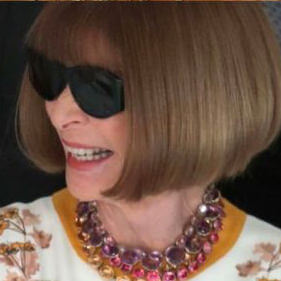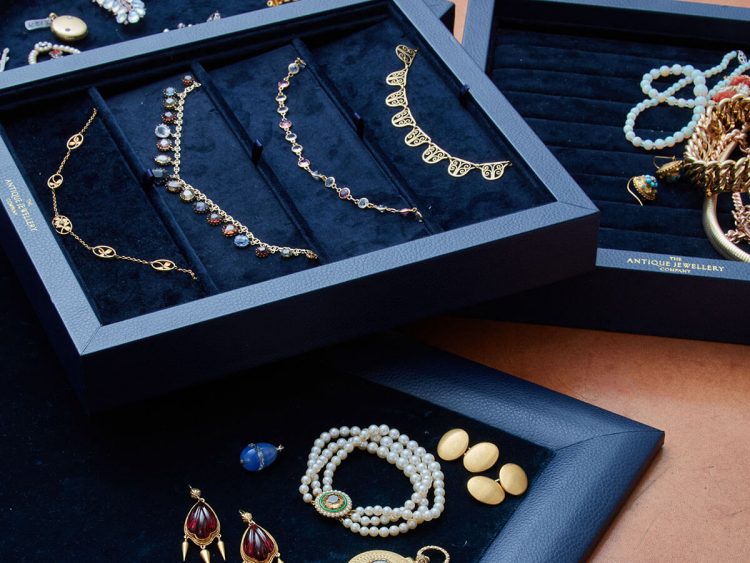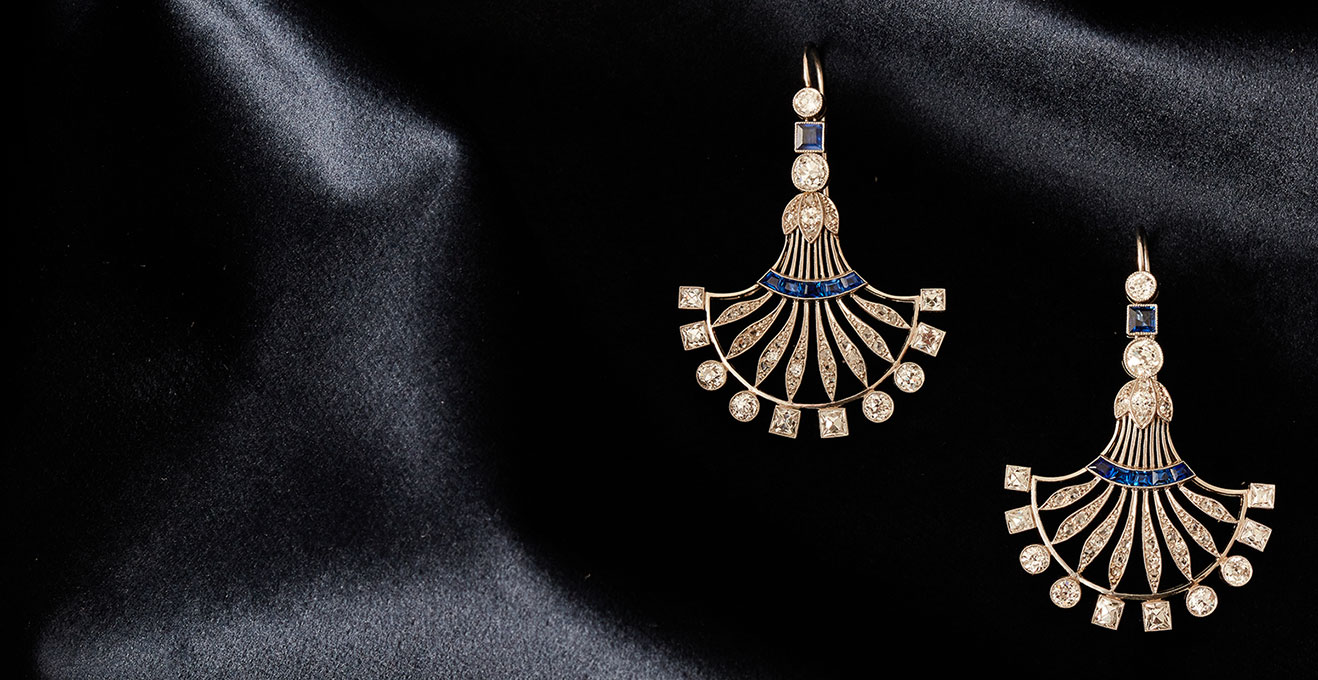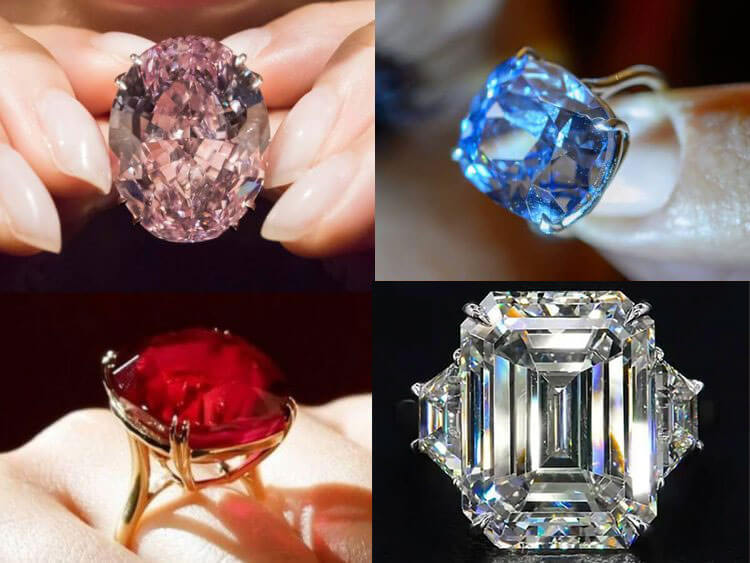-

Your Shopping Bag is empty
Fabergé: The Master Jeweller Behind Russia’s Imperial Treasures
When you hear the name Fabergé, an egg probably springs to mind. But of course, Faberge is more than just bejewelled foodstuffs it’s a Jewellery House of opulence and history. Synonymous with imperial grandeur, intricate craftsmanship, and timeless value Fabergé has secured its place as one of the most celebrated names in fine jewellery. From its legendary Imperial Easter Eggs to its contemporary collections.

Let’s explore the fascinating story of Fabergé—its origins, its crowning achievements, and the unique magic it continues to bring to the world of fine craftsmanship.
The Beginning: A Spark of Russian Elegance
Gustav Fabergé founded the company Fabergé’s in 1842, creating a store in Saint Petersburg, Russia. However, it was his son, Peter Carl Fabergé who directed the House to fame.
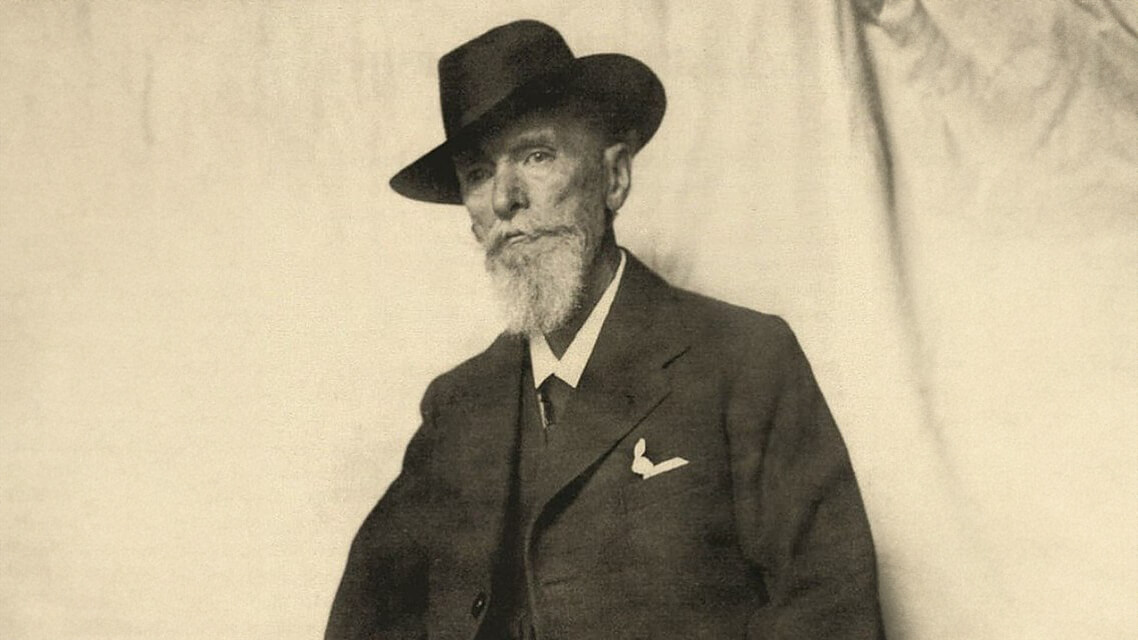
Fabergé’s apprenticed with master jewellers in France, Italy, and England. His travels allowed him to absorb diverse artistic influences, including Renaissance, Baroque, and Rococo styles. By the time he returned to Saint Petersburg in 1872 to take over his father’s business, Fabergé had developed a deep understanding of European craftsmanship and an innovative vision for what jewellery could achieve.
Carl transformed the modest business into one of the most prestigious names in the world after he earned the attentions of Russian high society. The turning point came in 1885 when Emperor Alexander III commissioned them to create an Easter egg as a gift for his wife, Empress Maria Feodorovna.
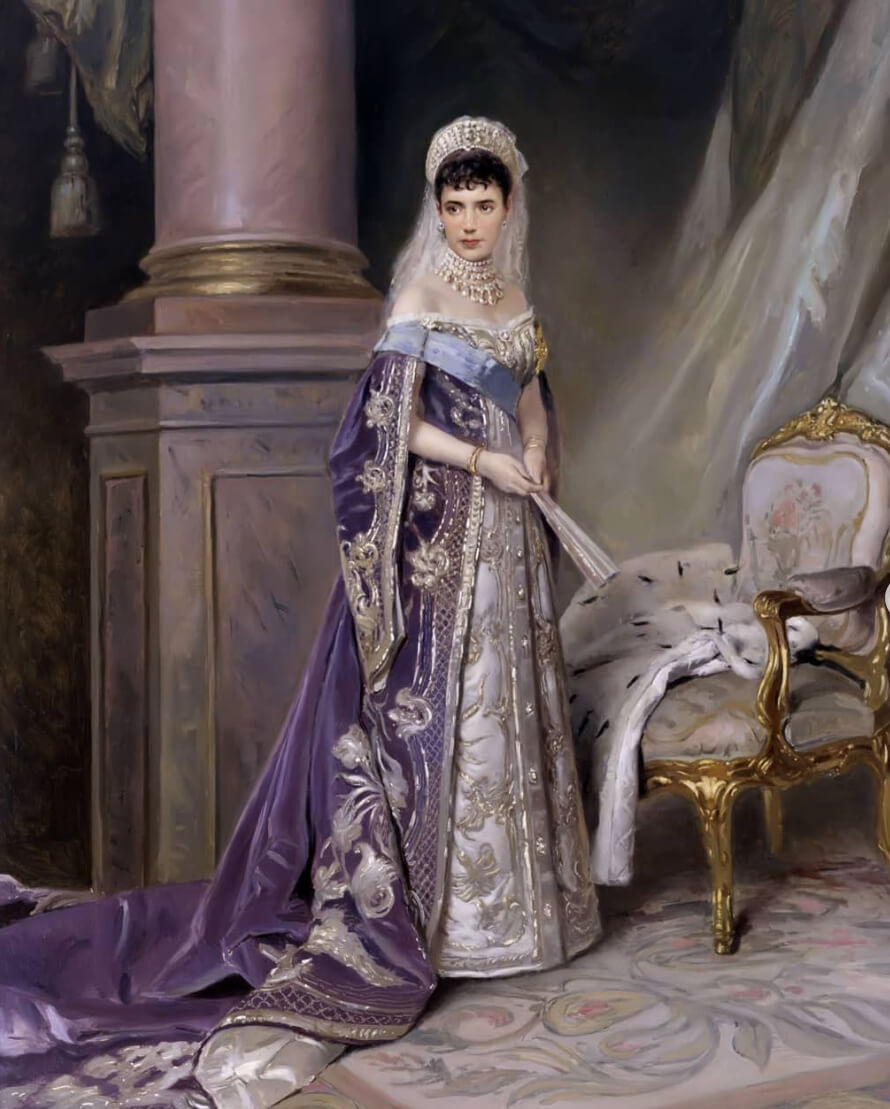
This “Hen Egg” was deceptively simple on the outside, crafted from gold and coated in white enamel. Inside, however, was a golden yolk that opened to reveal a golden hen. Which in turn contained a miniature replica of the Imperial Crown and a ruby pendant.

The Empress was so enchanted by the gift that Alexander III appointed Fabergé as the official Court Jeweller, and a tradition was born.
The Imperial Easter Eggs: A Masterpiece in Every Detail
The Imperial Easter Eggs are perhaps Fabergé’s most famous creations. Crafted between 1885 and 1917, these exquisite pieces weren’t just jewellery—they were works of art that told stories. Each egg was unique, filled with surprises, and imbued with symbolism.
Take, for example, the Winter Egg of 1913. Designed to mimic frost patterns and set with over 1,600 diamonds.

It encapsulates the essence of Russian winters with breathtaking realism. Or the Trans-Siberian Railway Egg, which celebrated the completion of the monumental railway. This egg contained a tiny, working model of a steam engine.

These eggs weren’t just gifts; they were symbols of love, power, and ingenuity, each one requiring months—sometimes years—of meticulous work by Fabergé’s master craftsmen. The attention to detail and storytelling within each piece solidified Fabergé’s reputation as the pinnacle of artistry.
Did you know? Fabergé created 52 “Imperial” eggs for the Russian emperors Alexander III and Nicholas II.
Check out our own collection of eggs in our charms section.
The Art of Craftsmanship: Where Innovation Meets Precision
What sets Fabergé apart from its peers is its dedication to craftsmanship. Peter Carl Fabergé surrounded himself with the finest artisans in the world. Each one specializing in a specific skill—enameling, gemstone carving, metalwork, and miniature painting. Together, they created objects that were not only visually stunning but also groundbreaking in technique.

One of Fabergé’s hallmarks is its mastery of guilloché enameling. This intricate technique involves engraving delicate patterns onto metal surfaces, then coating them with vibrant, translucent enamel. The result? Jewellery and objects that shimmer with depth and radiance, unmatched in beauty.
Fabergé’s use of materials was equally innovative. The Maison was known for its use of semi-precious stones like jade, rock crystal, and lapis lazuli, alongside traditional diamonds, sapphires, and rubies. This unconventional approach brought a new level of artistry and versatility to its creations.
Beyond the Eggs: A World of Treasures

While the Imperial Eggs are Fabergé’s most famous works, his genius extended far beyond them. Fabergé created everything from jewellery to objets d’art, including intricate cigarette cases, picture frames, and miniature animal figurines.
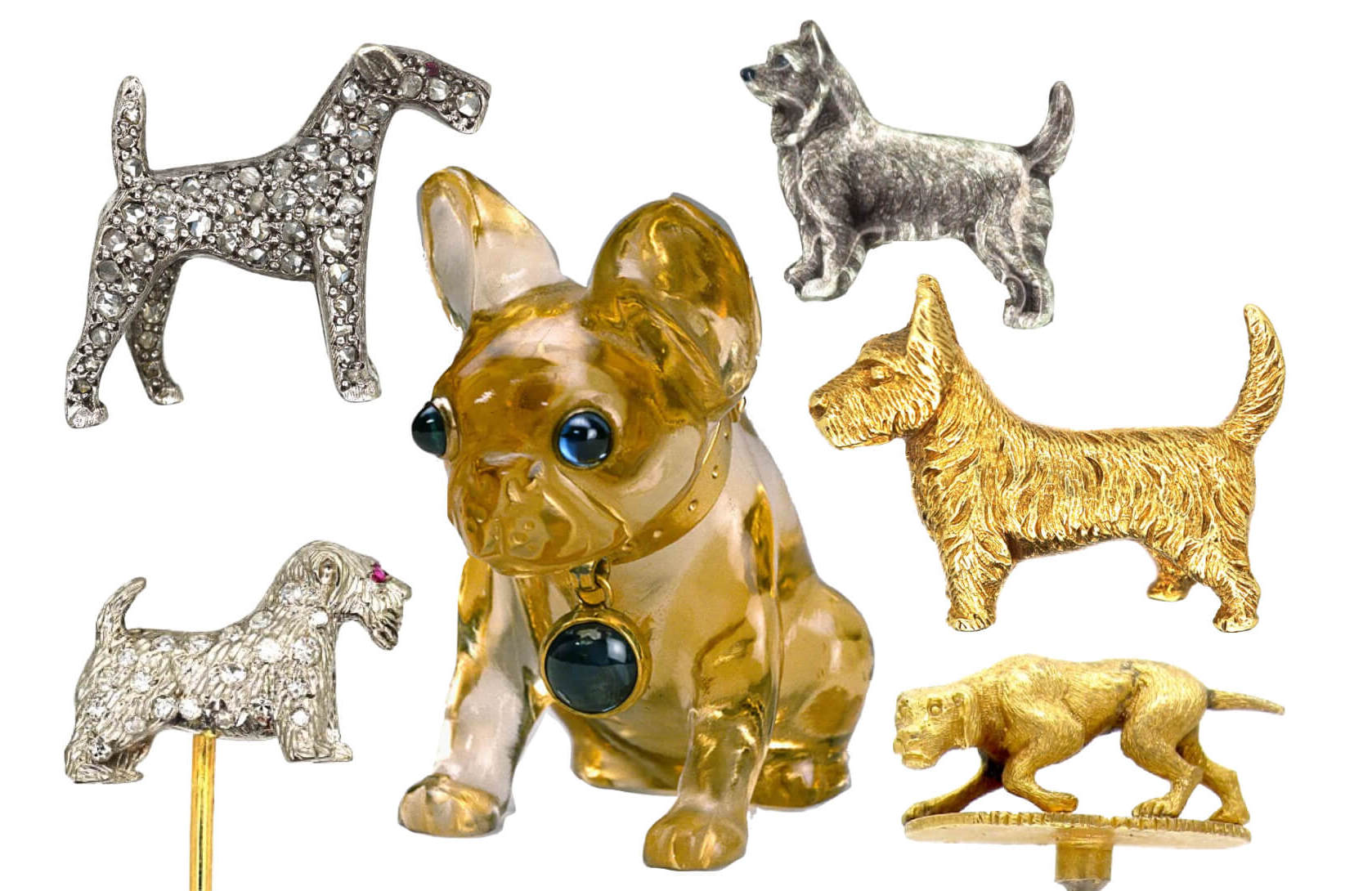
One particularly enchanting collection was Fabergé’s series of animal sculptures. These lifelike figures, carved from single pieces of gemstone, captured the personality and spirit of their subjects with incredible detail. A jade frog, a citire bulldog with sapphire eyes, or an agate cate—each piece was a marvel of realism and charm, beloved by collectors.

Fabergé also crafted exquisite tiaras, necklaces, and brooches that adorned European royalty and aristocracy. Each piece was designed with a balance of sophistication and whimsy, showcasing Fabergé’s ability to merge artistry with wearability.
A Pause in History
Fabergé’s golden era abruptly ended with the Russian Revolution of 1917. Many of Fabergé’s treasures, including the Imperial Eggs, were confiscated or lost. Peter Carl Fabergé fled Russia, eventually settling in Switzerland. He died there in 1920, heartbroken over the destruction of his life’s work.However, the Fabergé name and its treasures remained legendary. The surviving Imperial Eggs are among the most coveted treasures in the world.

They’re now housed in prestigious collections like the Kremlin Armoury or private collections, such as the late Malcolm Forbes. In 2007, Russian oligarch Viktor Vekselberg acquired Forbes’ Fabergés (all 9 of them) for an estimated $100 million. This further cemented Fabrgé’s status as icons of cultural and artistic significance.
Did you know? In 2012 the lost Third Imperial Egg (1887) was found in an antique shop and bought for only $14,000. Purchased for scrap metal, the founder went to an expert to check its worth (thank goodness) and found it to be worth $33 million.
The Fabergé Revival
Fast forward to the 21st century, and Fabergé experienced a renaissance. Revived under new ownership in 2007, the Maison sought to honor its storied past while embracing modern luxury. The contemporary Fabergé collections retain the artistry and innovation of the original pieces, offering everything from fine jewellery to objets d’art.
Today, Fabergé continues to create extraordinary designs inspired by its heritage. The Egg Pendant collection, for instance, reimagines the grandeur of the Imperial Eggs in a wearable, modern form. These miniature treasures are adorned with vibrant enamels, diamonds, and coloured gemstones, making them both timeless and fresh.

Or the Game of Thrones (dragon) egg, a delightful modern take on the piece that made the jewellery house famous.
A Legacy of Timeless Elegance
Fabergé is more than a name; it’s a legacy. With its rich history, dedication to artistry, and ability to evolve while honoring its roots. From the grandeur of the Imperial Court to the modern-day red carpet, Fabergé remains a beacon of luxury and creativity. Whether you’re enchanted by the legendary Imperial Eggs or mesmerized by its contemporary designs, Fabergé’s creations are treasures that stand the test of time.
Owning a piece of Fabergé means owning a piece of history—a symbol of beauty, craftsmanship, and timeless elegance.

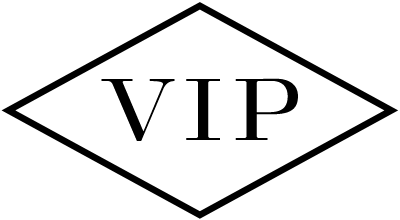

 Free Worldwide Delivery
Free Worldwide Delivery View All
View All
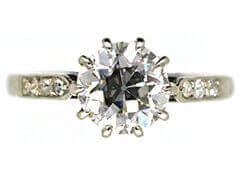 Diamond
Diamond
 Sapphire
Sapphire
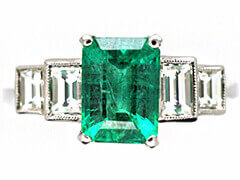 Emerald
Emerald
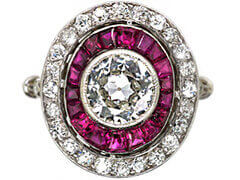 Ruby
Ruby

